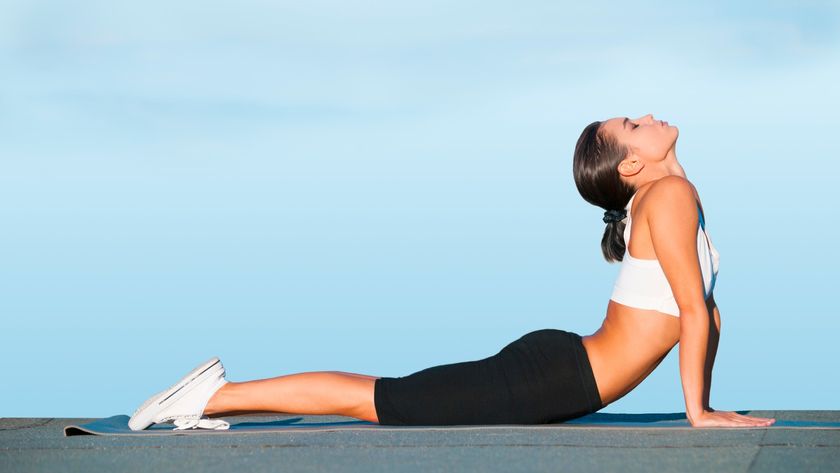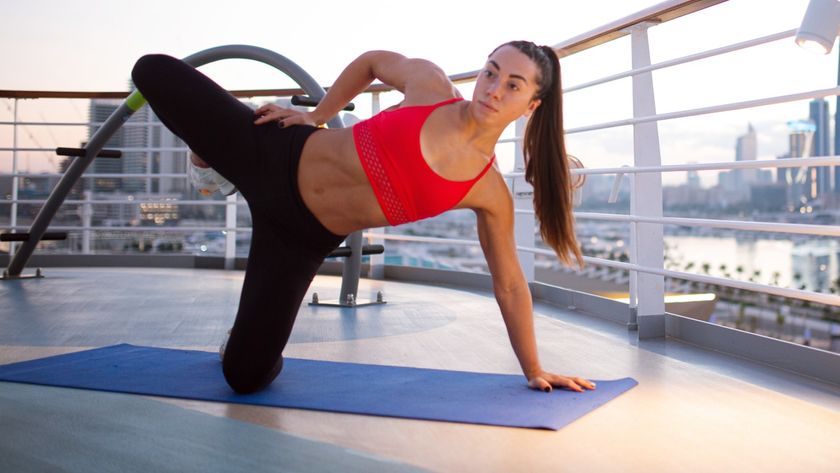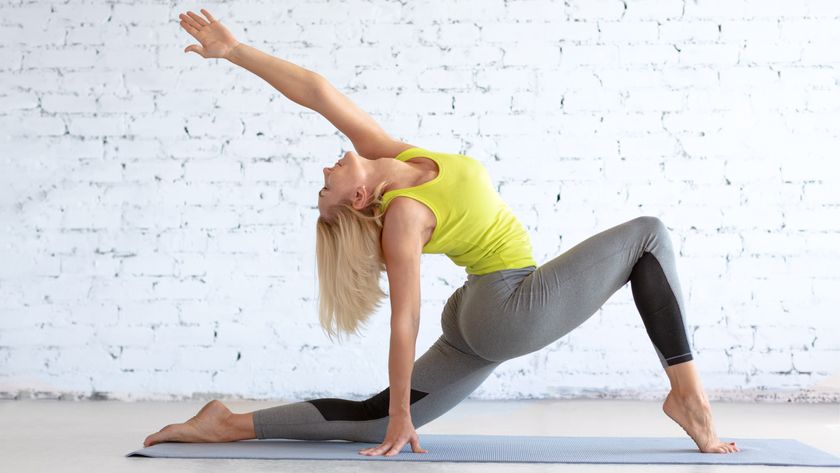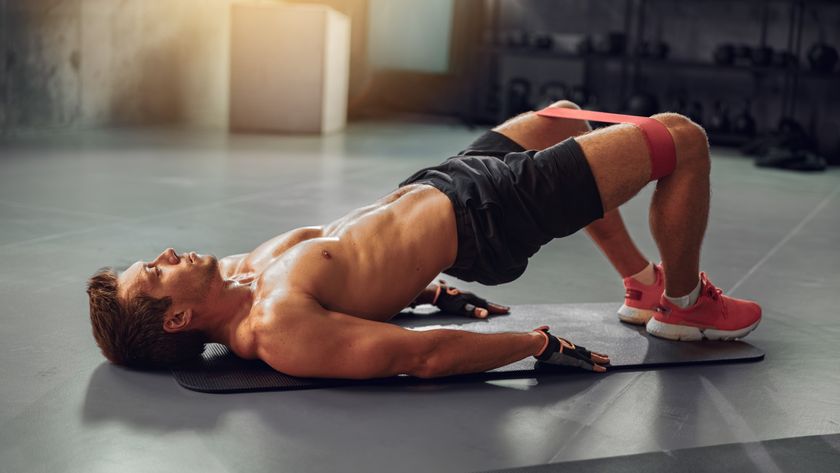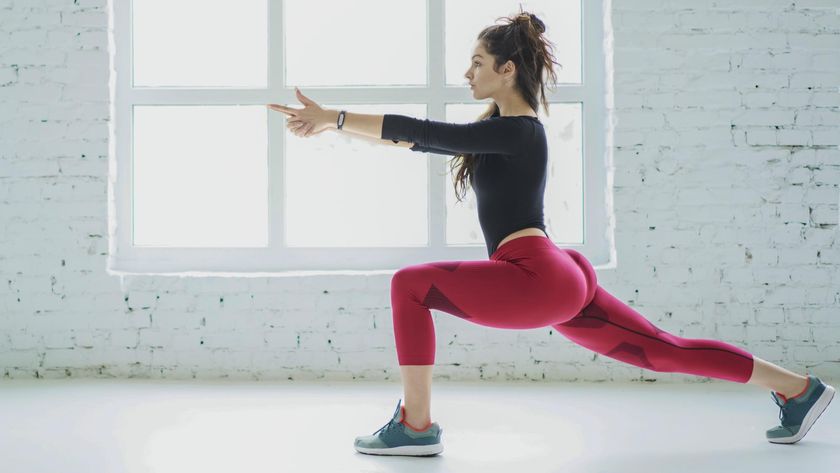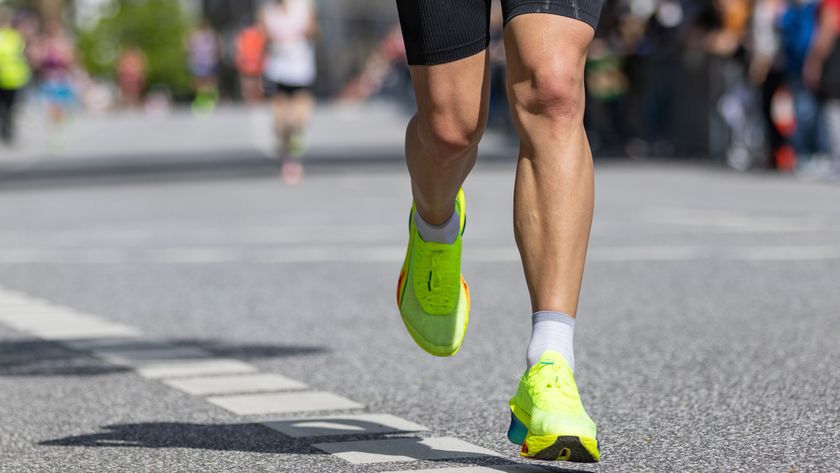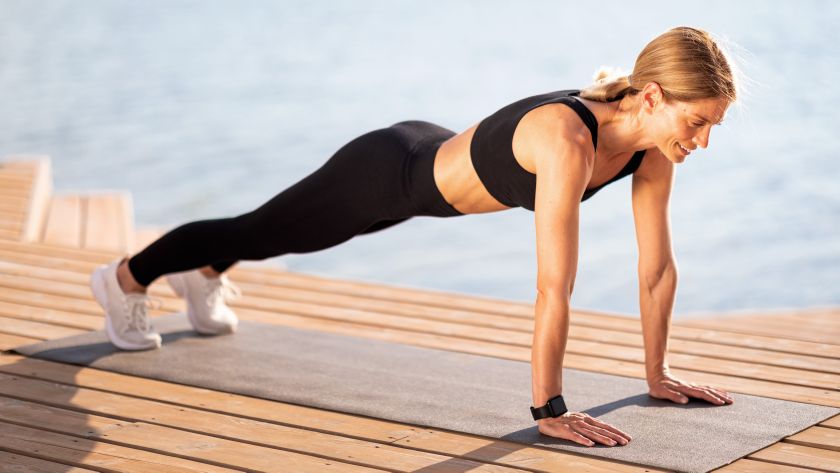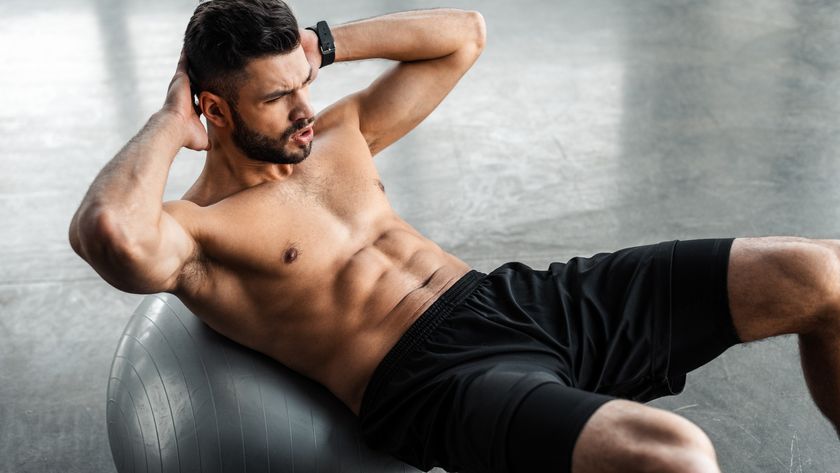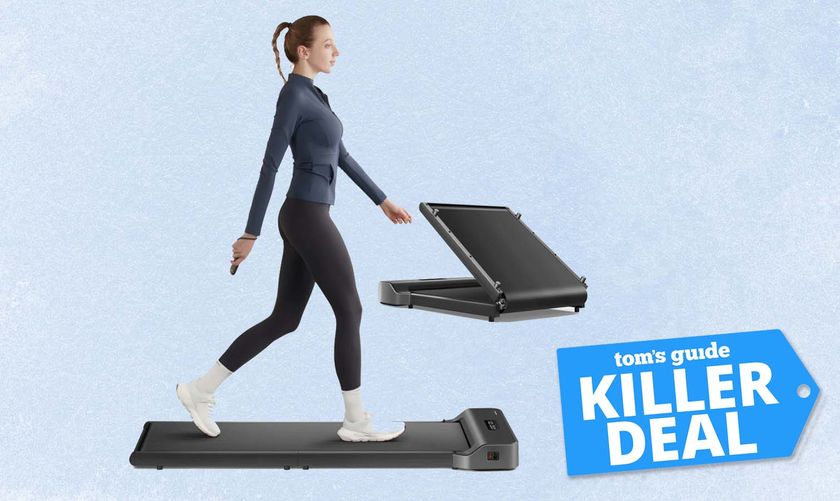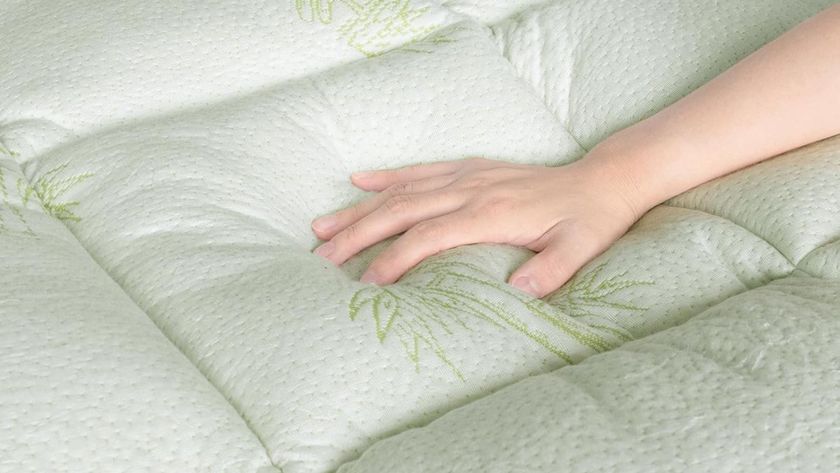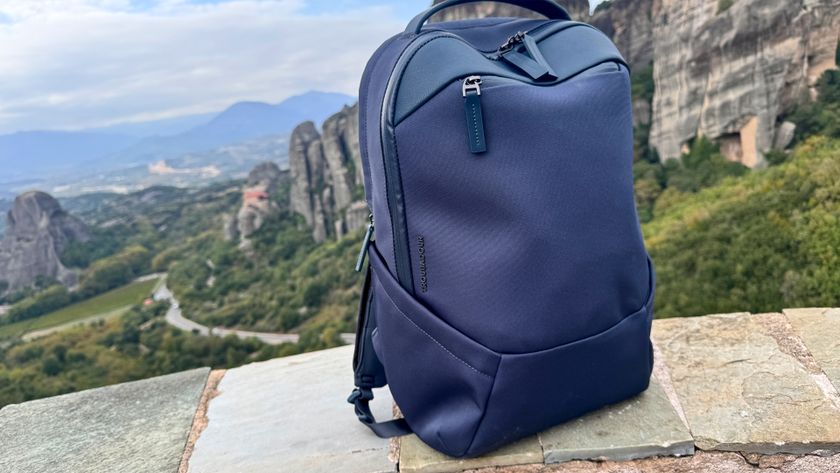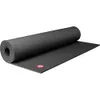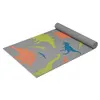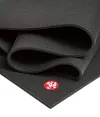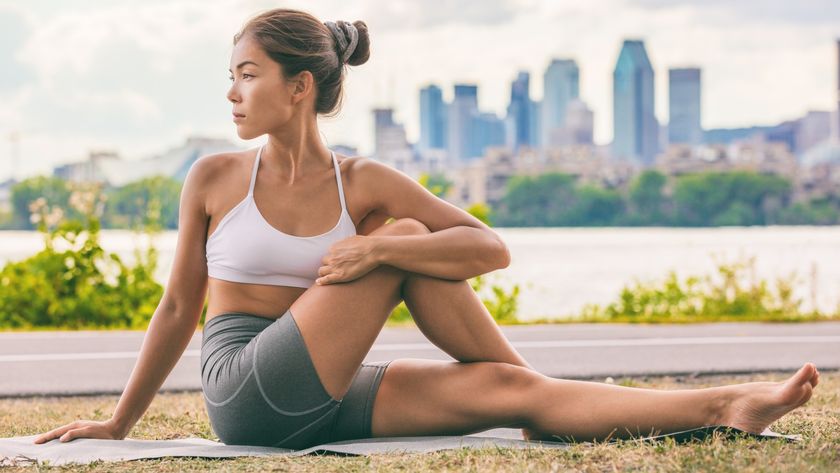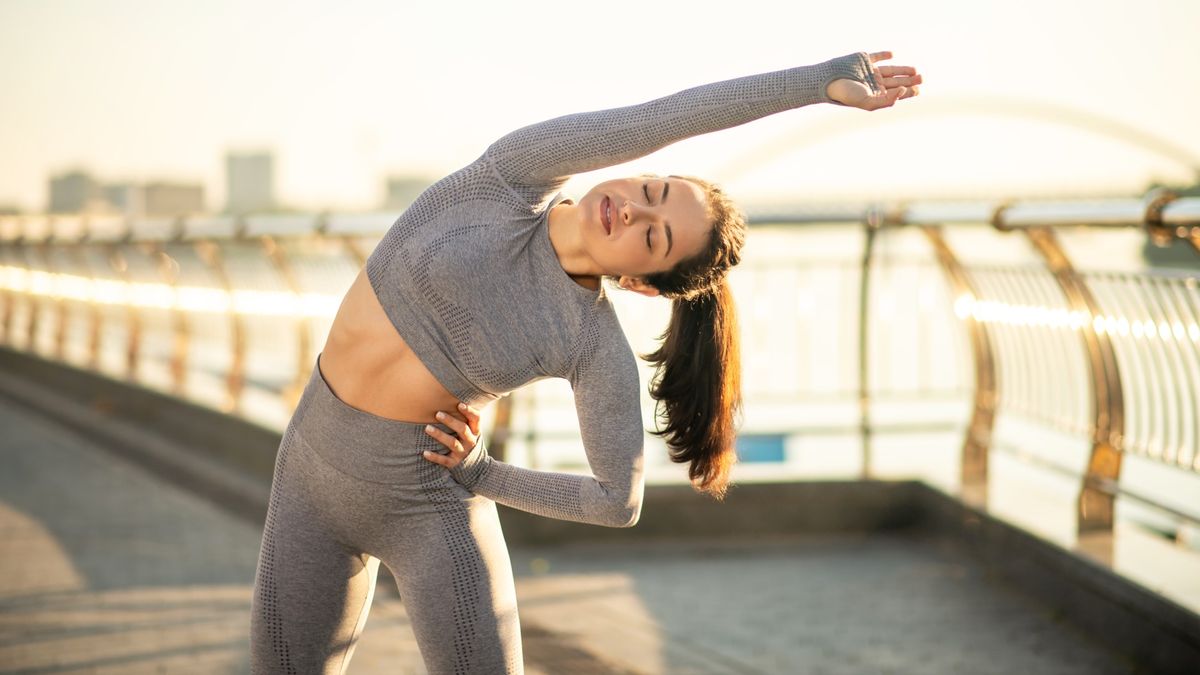
Tight shoulders? Give them a mobility boost with this bodyweight shoulder exercise. You just need an exercise mat — I love using the best yoga mats for home practice — and a few spare minutes.
Properly preparing your shoulders for upper body workouts using your body weight or for lifting weights is crucial for optimal performance and shoulder health. Your shoulders have the most range of motion of all your joints, as they can help rotate the arms and lift them forward, backward and side to side. However, they are also susceptible to injury and become tight and weak easily if neglected.
Are you looking to add a new shoulder mobility exercise to your routine? Here’s one of my favorites, plus the benefits and how to do it.
What is the internal rotation shoulder exercise?
Internal rotation means rotating the limb toward the midline or your body's center. The forearm will draw closer to the body. The side-lying internal rotation stretch, also known as the internal rotation "sleeper stretch", trains proper internal rotation of the shoulder and can improve shoulder internal rotation, which is important for your overall range of motion.
Think about exercises like snatches on the barbell that require this type of positioning with the arms and shoulders.
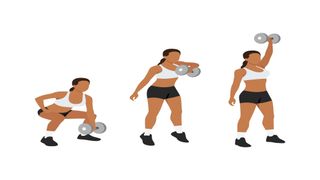
You might have been told that external rotation is the most important for good posture and optimal shoulder and back health, after all, your shoulders spend more time internally rotated if sitting for prolonged periods or if you have a habit of slouching and hunching.
However, it’s important to train your shoulders for external and internal rotation for the best shoulder health. For example, internal rotation shoulder mobility will help you keep the bar close to you during technical weightlifting exercises like cleans, so anyone who likes to lift weights — CrossFitters, for example — can benefit from these types of mobility drills.
Sign up to get the BEST of Tom's Guide direct to your inbox.
Get instant access to breaking news, the hottest reviews, great deals and helpful tips.
How to perform the side-lying internal rotation shoulder exercise
I like to counter-stretch into external rotation by pressing against the palm to guide the back of the hand toward the mat, as demonstrated in the video above. If you choose to do this, also hold for 30 seconds.
- Lie on your left side and extend your left arm in front of you on the mat
- Bend the elbow to create a 90-degree angle
- Place your right hand against the back of your left hand, then gently guide the left palm toward the mat
- Hold the stretch for 30 seconds or longer, then release
- Repeat for several rounds, then switch sides.
What causes poor internal shoulder rotation?
There are many reasons you might experience tight shoulders or a lack of range of motion — overuse, repetitive movements, injury, or poor posture are just a few. Because your shoulders technically have the most motion available of the joints, it’s best to train your shoulders in all planes of motion to keep them strong and healthy.
That means including a variety of exercises that work the shoulders in different ways. I like to use adduction, abduction, frontal, lateral, reverse and rotational motions during upper-body workouts to ensure I've ticked as many boxes as possible.
How to improve internal rotation of the shoulder
The main muscles responsible for internal rotation are the subscapularis (part of the rotator cuff group that sits around the scapulae), pectoralis major, latissimus dorsi, teres major and anterior deltoid.
Adding stretches and exercises that move the shoulder into internal rotation is your best bet, plus targeting the muscles above, and the side-lying internal rotation stretch is one of my favorites.
What does the rotator cuff do?

The rotator cuff surrounds the shoulder joints to help stabilize the shoulders and upper arms, sitting around the shoulder blades known collectively as the scapulae.
You have four main muscles that aid movement including shoulder rotation (internal and external) and abduction and help perform a variety of functions — the supraspinatus (responsible for rotation and abduction), subscapularis (internal rotator), infraspinatus (external rotator) and teres minor (external rotator).
Do you need to train shoulder internal rotation?
It’s important to train the shoulder in all directions to help strengthen all the muscle groups, including the rotator cuff. Building well-rounded shoulders helps improve mobility, stability and the range available, also helping to improve exercise performance and the quality of movement patterns. Plus, strong and mobile shoulders are less prone to injury.
As examples, I swear by these 5 shoulder stretches to relieve pain and build strength and when my pecs feel tight, this one-minute stretch opens your shoulders and builds upper body flexibility.
More from Tom's Guide
- This one-minute stretch opens your hips and builds upper body flexibility
- No, not sit-ups — these are the two abs exercises you need to sculpt a six-pack, according to a personal trainer
- The best exercises to do if you have sciatica

Sam Hopes is a level 3 qualified trainer, level 2 reiki practitioner and senior fitness writer at Tom's Guide. She is also currently undertaking her Yoga For Athletes training course. Sam has written for various fitness brands and websites over the years and has experience across brands at Future such as Live Science, Fit&Well, Coach, and T3.
Having worked with fitness studios like F45 and Virgin Active, Sam now primarily teaches outdoor bootcamps, bodyweight, calisthenics and kettlebells. She also coaches mobility and stretching-focused classes several times a week and believes that true strength comes from a holistic approach to training your body.
Sam has completed two mixed doubles Hyrox competitions in London and the Netherlands and finished her first doubles attempt in 1:11.
